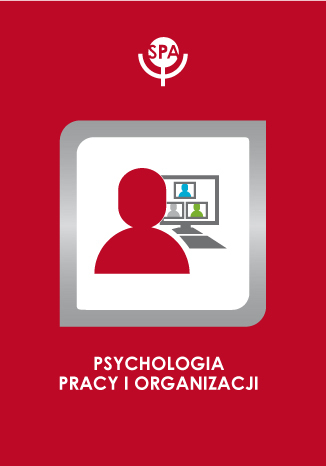Array
(
[id] => 125
[date] => 2017-12-15
[doi] => 10.14691/CPPJ.23.2.337
[title] => Funkcjonowanie emocjonalne w warunkach przedłużonej blokady niebieskiego światła
[title_en] => AFFECTIVE FUNCTIONING IN CONDITIONS OF CHRONIC REDUCTION OF BLUE LIGHT INPUT
[authors] => Magdalena Król*, Halszka Ogińska, Aleksandra Domagalik, Justyna Janik, Tadeusz Marek
[abstract] => The interest in specific influence of the blue light (further described as BL, a part of a visible spectrum with the wavelength from 460 nm to 490 nm) grew about 15 years ago, with a discovery of retinal ganglion cells that contain melanopsin. It was proven that this part of visible spectrum is the most important non-image-forming signal, which regulates the circadian rhythm. Exposure to BL in the daytime enhances the circadian rhythm, reduces daytime sleepiness and has an anti-depressive effect. Whereas exposure to artificial light during the evening results in the suppression of nocturnal melatonin secretion, delay of the circadian rhythm and consequently can lead to insomnia and mood deterioration. In this study the BL input was reduced by using “amber” contact lenses (light transmittance in a range of approximately 480 nm reduced to 10%) for consecutive four weeks. Experimental group consisted of 12 female and male participants in the age between 18 and 35 years, control group numbered 15 participants in the same age range. The level of daytime sleepiness in fourth week of blockade of short-wavelength light input was visibly higher than in the beginning of the study. Such tendency did not occur in the control group. Similar effect was observed in level of anhedonia (significant difference, p<.02) and in negative affect (slight difference). Positive affect scales and dimensions of core affect showed no differences between control and experimental groups.
[abstract_en] => The interest in specific influence of the blue light (further described as BL, a part of a visible spectrum with the wavelength from 460 nm to 490 nm) grew about 15 years ago, with a discovery of retinal ganglion cells that contain melanopsin. It was proven that this part of visible spectrum is the most important non-image-forming signal, which regulates the circadian rhythm. Exposure to BL in the daytime enhances the circadian rhythm, reduces daytime sleepiness and has an anti-depressive effect. Whereas exposure to artificial light during the evening results in the suppression of nocturnal melatonin secretion, delay of the circadian rhythm and consequently can lead to insomnia and mood deterioration. In this study the BL input was reduced by using “amber” contact lenses (light transmittance in a range of approximately 480 nm reduced to 10%) for consecutive four weeks. Experimental group consisted of 12 female and male participants in the age between 18 and 35 years, control group numbered 15 participants in the same age range. The level of daytime sleepiness in fourth week of blockade of short-wavelength light input was visibly higher than in the beginning of the study. Such tendency did not occur in the control group. Similar effect was observed in level of anhedonia (significant difference, p<.02) and in negative affect (slight difference). Positive affect scales and dimensions of core affect showed no differences between control and experimental groups.
[keywords] => niebieskie światło, chroniczna blokada, anhedonia, senność dzienna, funkcjonowanie emocjonalne
[keywords_en] => blue light, chronic reduction/blockade, anhedonia, daytime sleepiness, affective functioning
[file_path] => /files/articles/2017-23-funkcjonowanie-emocjonalne-w-warunkach-przeduonej-blokady-niebieskiego-wiata.pdf
[okladka] => psychologia_pracy_i_organizacji.jpg
[rocznik] => Rocznik: 2017 Tom: 23 Numer: 2
[strony] => 337-344
)










 Pobierz pełny tekst
Pobierz pełny tekst



